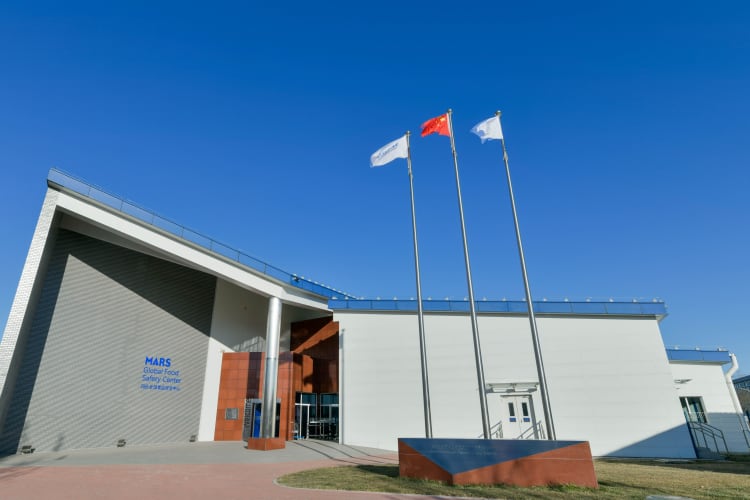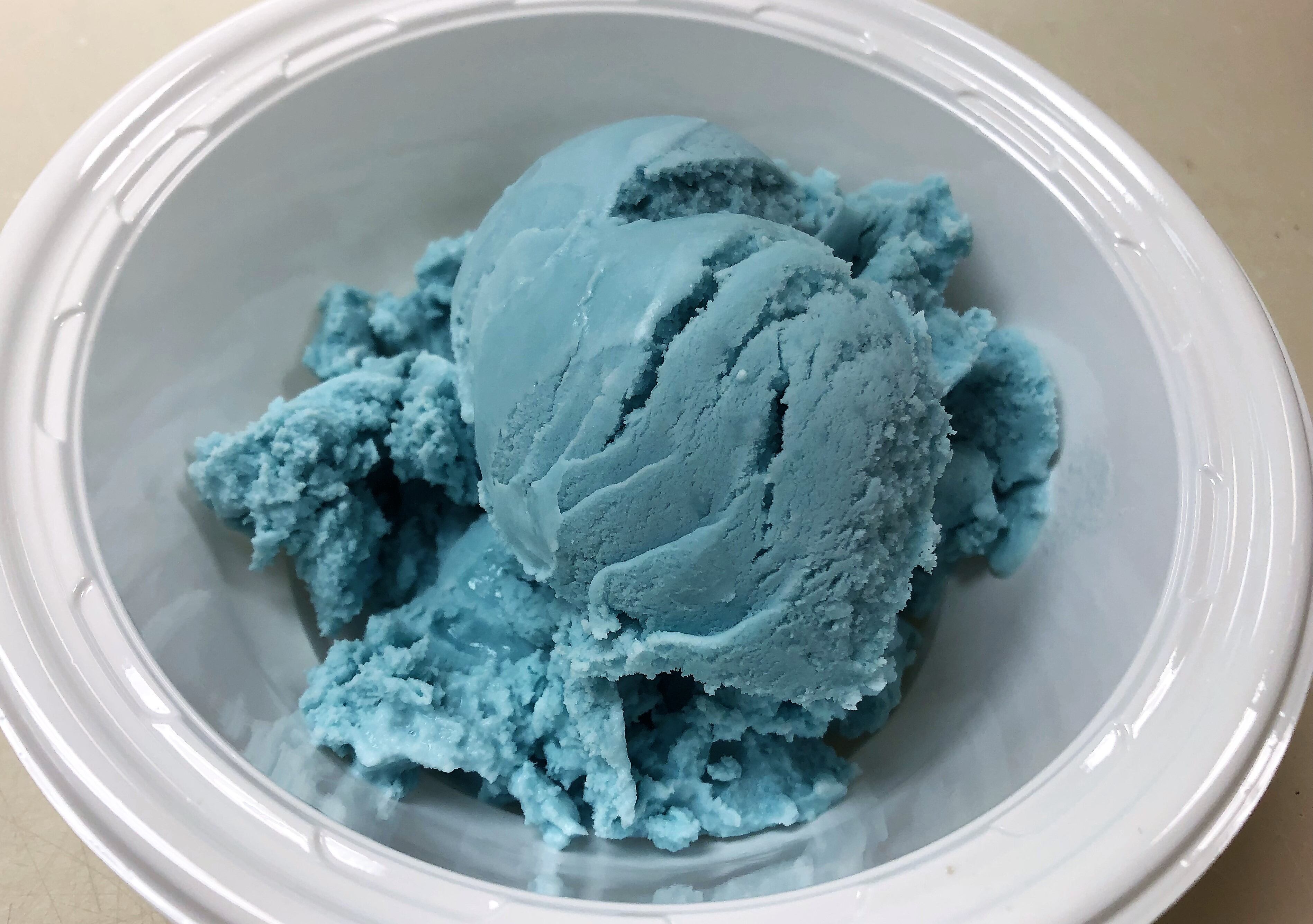The Mars Advanced Research Institute (MARI) is a division of the global food giant that works across all segments of the Mars business. MARI scientists are exploring how emerging understandings in the fields of science and technology can be applied, from pet care to the company’s confectionery division, Mars Food and nutrition unit Mars Edge.
“We're trying to find those sparks that help drive the future of innovation and direction for all of our businesses,” science and technology division head Dr Abi Stevenson explained.
MARI works alongside key partners – primarily in academia – to understand how scientific advancements can be leveraged by Mars. Collaboration is key to the unit’s work, Dr Stevenson stressed.
“All the work we do through the Mars Advanced Research Institute is collaborative. We have a very significant network of scientists who we work with and together we are exploring some very fundamental technologies… Our backbone of collaboration is academia because we are in the emerging world of science and technology.”
MARI works with organisations like the University of California Davis and the Technical University of Munich, who Dr Stevenson describes as ‘really important long-term thought partners’. These partners ‘co-create’ the scientific programmes that underpin MARI. On top of that, the research institute also works with ‘a few’ start-ups who help Mars ‘apply and learn from practical application of the science’.
From spark to scale
Within the Mars organisation, MARI acts as a bridge between scientific developments and business outcomes.
“There's a well-known phenomenon called 'the valley of death' for technology, between proof of concept and scale up and application, where a lot of great sparks die. We spend quite a bit of time planning out the routes to application for our work, right from the beginning,” Dr Stevenson told FoodNavigator.
“There are usually two-to-four, maybe even more, potential routes for scaling up, depending on the maturity of the idea, how ready our business is to apply and how much the segments have in-house expertise to help with the scale up. There isn't one size that fits all.”
An example of this approach in action is MARI’s work alongside the group’s pet care division to scale up a diagnostics tool that can detect kidney failure in cats at an earlier stage, allowing owners to adjust care accordingly.
“We worked with our pet care segment right from the beginning... As that science matured and started to look like it was going to work, through the pet care segment we involved those closer to the application in planning, implementing and developing the diagnostic. Together we translated the science though into a diagnostic that is now offered to vets through [Mars-owned] Antech lab services.”

Plastic and packaging in spotlight
So, what areas of scientific endeavour is MARI most interested in?
Dr Stevenson says plastics innovation is important for the research institute because packaging presents ‘challenges and opportunities’ across all of Mars’ business units.
“Right now, the areas that we're really interested in are areas like the future of packaging and particularly next generation alternatives to plastic,” she explained.
Much of the MARI’s work in this space aims to deepen insight into the ‘science of degradation’, which Dr Stevenson described as ‘integral’ to generating new solutions.
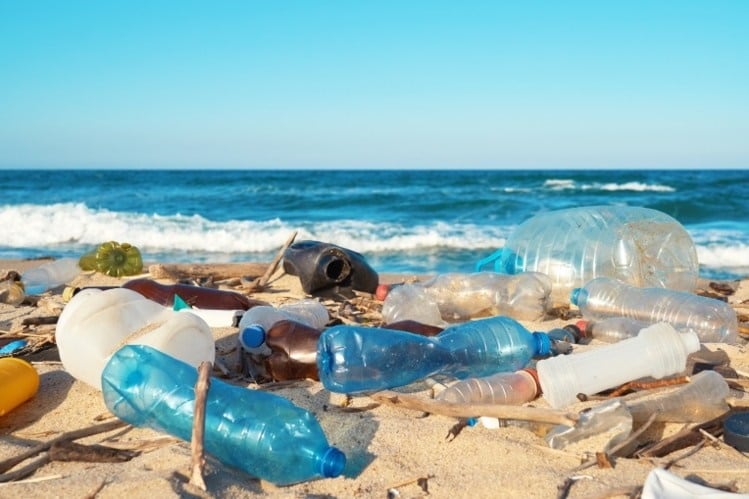
Priorities include: “Truly understanding the by-products when packaging breaks down in the environment, whether that's in fresh water, salt water, soil, landfill. Understanding how packaging breaks down so we can develop new methods. And understanding what new sources of packaging break down into as well.”
Dr Stevenson elaborated: “We don't want to solve one problem and create another one. We need to truly understand new methods, new science and new knowledge as well as how to create a circular economy.
"We're not a packaging company. We don't make our own packaging. We purchase packaging from others. But we feel that we have a huge responsibility to be part of the future solution. So we need to work with partners and suppliers to scale that where they have the core capability to manufacture the packaging."
Health, wellness and predictive analytics
Health – both human and pet – is another important pillar of the work undertaken at MARI.
“We're looking into the emerging science behind health and wellness, the future of health and wellness for both pets and humans. We are looking at points of synergy between pets and people.”
Dr Stevenson and her colleagues at MARI are particularly excited about the role that data and artificial intelligence can play in wellness. The scientist points to the diagnostic tool to identify renal failure in cats as a prime example of the power of data in action.

“This is the future for human health too. How can we help people to take better care of themselves, more proactive health care, and care in the home? To enable people to make better choices through their own lifestyle and diet? That's very much the future and it’s an area we are working in across pets and people.
“Science and technology is going to have to adapt to enable people to understand themselves as an individual better. These are the areas we are very interested in, areas like how technology - things like smart watches - are going to become even more personalised. We aren't at the point where we can be clear what the application of that looks like [for Mars] yet, but it is definitely coming.”
Fresh approaches to raw materials
Raw materials are a third area that MARI’s scientists are examining. “We are looking at the future of raw materials. Next generation raw materials, different technologies and ways to produce raw materials,” the research leader revealed.
Working alongside colleagues from UC Davis and others, MARI recently unveiled the discovery of a naturally derived cyan blue colorant made from anthocyanin pigments – the pigments that give red, purple, and blue plants their rich colouring – in red cabbage.
According to the researchers, the new colour – made using an enzyme to convert a range of anthocyanins to one with the ideal wavelength – remains highly stable over time and may also produce better green colours than those derived from existing natural blue colorants and in larger amounts.
MARI is examining other emerging fields of raw material development, including the possibilities advances in technologies like precision fermentation could unlock.
“The way we tend to work is looking at areas of science, like synthetic biology or fermentation, and then working with the segments on the use cases based on challenges and opportunities that they have,” Dr Stevenson noted.
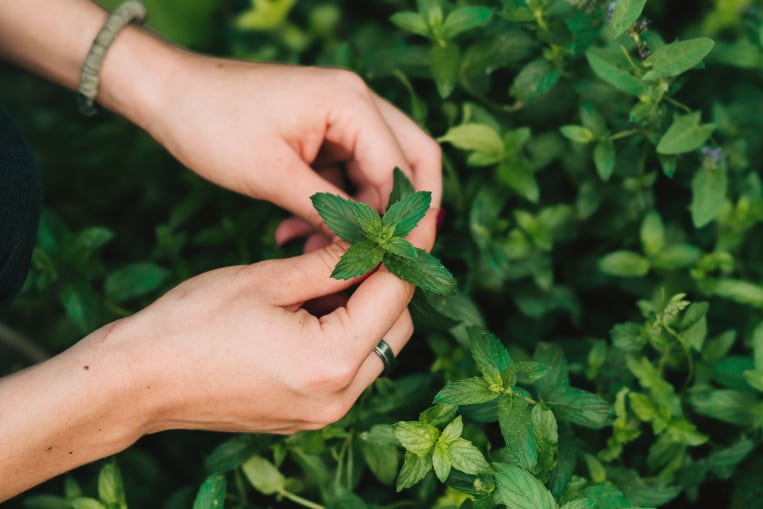
The science of flavour and crop science
MARI is also working on specific sourcing challenges identified by Mars. Here, the disciplines of flavour and crop science overlap, Dr Stevenson explained.
“Understanding flavour, the science of flavours, is an area we are working in. Here we've spent quite a bit of time exploring mint and the different flavours associated with different types of mint. Part of that is because there are some challenges with mint breeding and sustainability. We want to preserve and improve the breeding of mint, because through our gums and confectionery products mint is a pretty important raw maternal for us. Being able to profile the flavours and link those through to sustainable breeding programmes with mint farmers is really important to the future of our business and the farmers and their livelihoods.”
Mars has a long heritage of working in crop science. It was the first group to sequence the cocoa genome, for instance. This discovery was made available to the cocoa industry and ‘other scientists’ to help improve the supply chain and quality of cocoa.
Looking to the longer-term future of crop science, Dr Stevenson said CRISPR – or gene editing technology – represents an exciting development. CRISPR can be used as an advanced plant-breeding tool that facilitates crop breeding by making cuts at specific locations in a plant genome. Subsequent repair of the cut by the cell’s endogenous repair mechanism can introduce precise changes.
"CRISPR has such huge potential. It also has some challenges from a regulatory point of view,” she said noting MARI is taking a very ‘long-term’ view of this technology to understand more ‘in a laboratory setting’.
“We believe CRISPR has huge benefits to agricultural science and food security in the future. While there is still so much to learn. Through the responsibility principle, we believe that we should further the understanding of these technologies because there is such huge potential if done and used in the right way.”
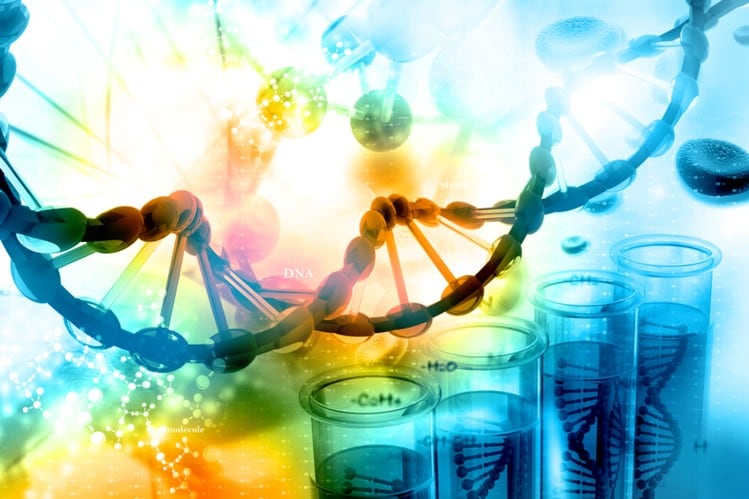
Science and technology can also be leveraged to improve our understanding of agricultural assets that have come under threat due to the homogenisation of the food system. The work MARI is doing in African ‘orphan crops’ stands as case in point.
“African orphan crops is an area we've had a collaboration going since 2016. We've looked at the crops that are really neglected in Africa but are economically critical for the future of Africa. We've been working through a consortium to help plant breeders in the region improve the efficiency of their breeding and increasingly starting to introduce techniques for sequencing and understanding the genetic variation within the plants that they've got.
“That might sound very entrepreneurial, but actually if we are going to help feed people across our planet in the future we're going to have to understand a lot more about crops in Africa, Asia, Australia. Not just rely on the crops that work well in the western world, particularly with climate change and the planet generally becoming more volatile. We need to understand a lot more about the diversity of crops across the world.”
Looking to the future, what scientific or technological developments does Dr Stevenson believe will be truly game-changing?
She comes back to the power to leverage data, for animal, human and planetary health.
“The greatest potential is coming from utilising the data that the food industry… creates every day in completely different ways. This will move us from diagnosis and treatment - whether that's in agriculture and sustainability or health - through to prediction and prevention. Being able to intervene early, whether that's food safety and how we can predict and prevent outbreaks, or healthcare.
“How we leverage data, artificial intelligence, modelling, is already transforming the way we approach things. The pace of that change is increasing.”



